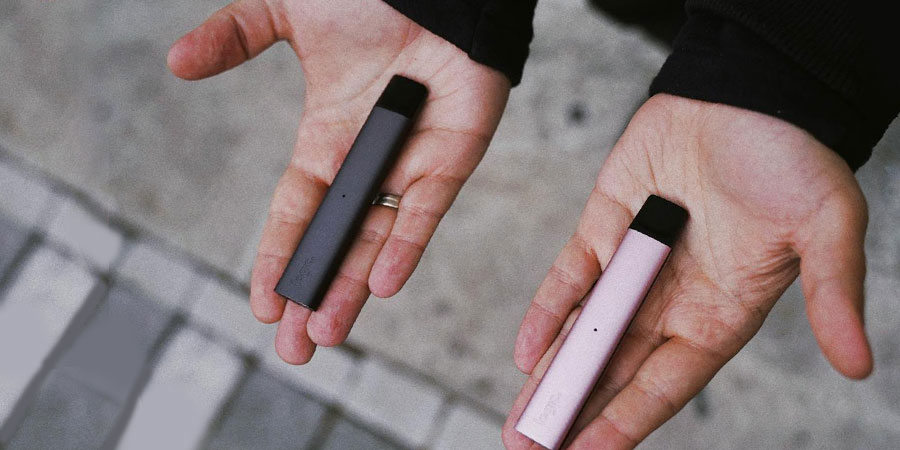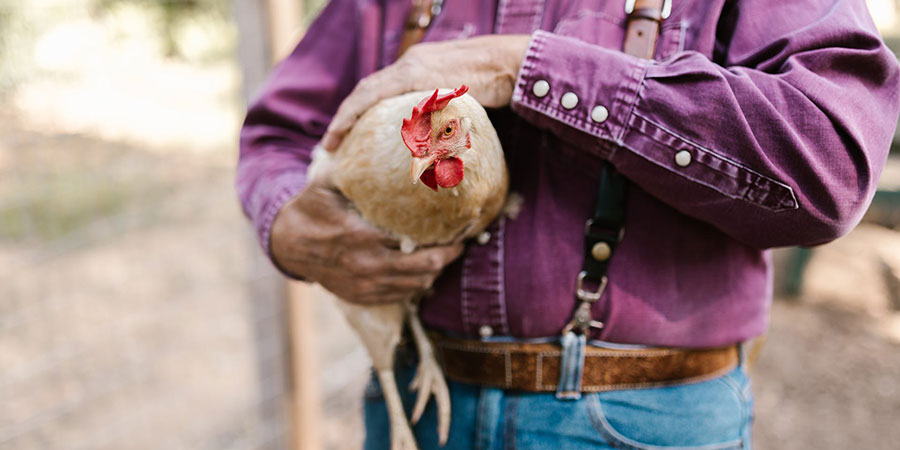In recent years, vaping has emerged as a popular alternative to traditional smoking, with many individuals opting for e-cigarettes for various reasons, including the perception of a cleaner lifestyle.
As the trend continues to grow, it’s important for various sectors to understand its implications, including those seemingly unrelated, such as livestock production.
Amidst this shift, enthusiasts are continually seeking the top vaping liquid, exploring flavors and compositions that define their vaping experience and contribute to the evolution of this rapidly expanding industry.
Here’s a straightforward look at what those in the livestock industry should consider.

Understanding Vaping and Its Popularity
Vaping involves inhaling vapor from an electronic device, often referred to as an e-cigarette. This vapor usually contains flavors and nicotine, providing an experience similar to smoking but without combustion.
The convenience, perceived lower risks compared to smoking, and the variety of flavors have contributed to its popularity.
At first glance, there appears to be little connection between vaping and livestock production. However, the production of vaping liquids, or e-liquids, involves a range of ingredients such as propylene glycol and vegetable glycerin, substances also used in animal feed and health products.
As the demand for vaping supplies grows, it could potentially influence the availability and pricing of these ingredients.
Livestock producers may need to monitor market trends closely to anticipate fluctuations in the cost of feed and other products that share ingredients with vaping supplies. Strategic purchasing and long-term supply agreements may become increasingly important for maintaining stable production costs.
Environmental Considerations
The rise in vaping also has indirect effects on the environment that could trickle down to agriculture and livestock production. The disposal of vaping cartridges and devices adds to electronic waste, and while this may seem irrelevant to livestock producers, it emphasizes the broader responsibility of all industries, including agriculture, to engage in sustainable practices.
Livestock producers can take this opportunity to re-evaluate their environmental impact and consider how sustainable practices could be highlighted as a counterbalance to the increase in electronic waste.
By emphasizing sustainable farming, producers can differentiate their products in a market that is becoming increasingly concerned with environmental stewardship.
Interestingly, vaping’s rise presents potential diversification opportunities for those in agriculture.
Some of the flavorings used in e-liquids are derived from natural sources, such as fruit or mint, which can be farmed. Producers with the ability to grow these commodities may find a new market for their crops.
This diversification could provide an additional revenue stream and hedge against the volatility of traditional livestock markets.
Public Perception and Marketing
The image of vaping as a modern, cleaner choice parallels a similar trend in consumer food preferences. People are leaning toward products that are marketed as natural, environmentally friendly, and healthy.
Livestock producers can learn from the vaping industry’s marketing strategies and emphasize the cleanliness and sustainability of their production processes.
Additionally, the trend towards vaping shows an interest in personal well-being and lifestyle choices. Livestock producers can tap into this by promoting the health benefits of their products, particularly if they are organic or free from additives. This could resonate with consumers who are vaping as part of a lifestyle choice aimed at wellness.
Right now, the regulatory environment for vaping is continually evolving, with new laws and policies being implemented. Livestock producers must stay informed about these changes, as they can serve as indicators of potential shifts in regulatory approaches to other industries, including agriculture.
For instance, if tighter controls are introduced on the chemicals used in vaping products, similar scrutiny could be applied to agricultural chemicals, affecting how livestock producers manage their operations.
Conclusion
While vaping may seem unrelated to livestock production, the interconnectedness of modern industries means that trends in one area can have ripple effects across others.
Livestock producers should stay aware of the rise of vaping for its potential impact on ingredient costs, environmental considerations, opportunities for diversification, consumer perceptions, and regulatory changes.
By being proactive and adaptive, livestock producers can navigate the changing landscape effectively, ensuring their operations remain resilient and competitive in a world of shifting consumer trends and habits.

